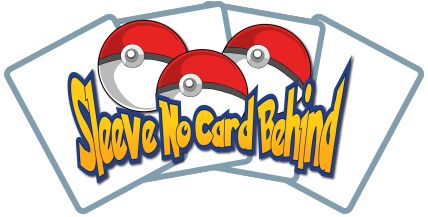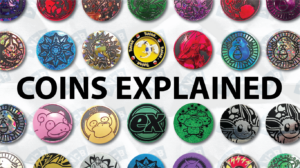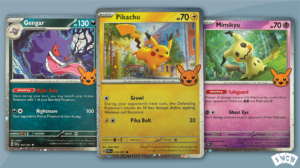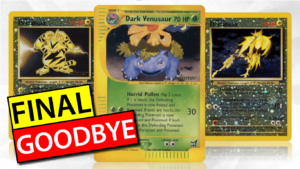Are Pokémon cards going up in value?
-
By: Oliver Copeland
- Published:
- Last Updated: February 7, 2024
Back in the day, Pokémon cards were just kids’ toys that parents reluctantly spent way too much money on. But you may have heard about Logan Pauls’s recent purchase of a seven-figure Pokémon card. Well, it’s entirely true. And yes, some Pokémon cards are worth over a million dollars. Now, most aren’t worth a million bucks, but some are worth more than you think.
Why Pokémon Cards Go Up In Value
Supply and demand are fundamental concepts in economics that describe the relationship between the availability of a particular product (supply) and the desire of consumers to purchase it (demand). These two factors determine the price of goods and services in a market.
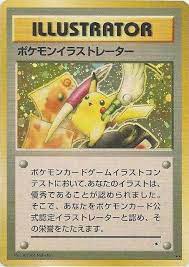
Supply refers to the quantity of a good or service (Pokémon card) that producers are willing to offer at various price levels. When the price of a good rises, it generally incentivizes producers (The Pokémon Company International) to increase the supply of that good, since they can make more profit from higher prices. Conversely, if the price falls, producers may reduce the supply, as it becomes less profitable.
Demand refers to the quantity of a good or service that consumers are willing to purchase at various price levels. When the price of a good decreases, consumers tend to buy more of it, as it becomes more affordable. Conversely, if the price increases, consumers may buy less of the good, as it becomes less affordable.
In a market, the equilibrium price is established when the quantity supplied equals the quantity demanded. At this point, the price will stabilize, as there is no excess supply or demand.
Now, let’s discuss how supply and demand affect the value of a rare Pokémon card. The value of a rare card is determined by its scarcity (limited supply) and the desire of collectors to own it (demand). If a card is extremely rare, the supply is low, which can drive up the price. On the other hand, if there is high demand for the card among collectors, the price may also increase, as they are willing to pay more for it.
The best example here is 1st edition cards. These are produced at a much smaller volume, effectively creating a low supply of goods. Consumers (AKA you and I) want 1st edition cards because of the low supply. In other words, demand is high.
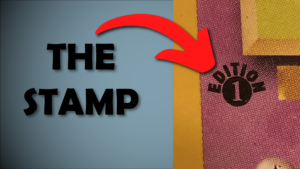
Conversely, if a rare Pokémon card becomes less popular or desired among collectors, the demand for the card may decrease, which could result in a lower price. Similarly, if more of the rare card becomes available, the supply increases, which can also lead to a decrease in price.
This is the reason for Pokémon cards going up in value.
Are Pokémon Cards Going Up In Value?
Generally speaking, yes they are. As new expansion sets are released, the previous ones cease printing. After this point, the card supply will start to decline.
This is amplified when the discussion pertains to vintage Pokémon cards. The original Base Set ceased printing in 1999, which means no new Base Set cards have been introduced to the market in over 20 years.
The supply of vintage Pokémon cards is naturally reduced over time for several reasons, including booster packs being ripped and the cards being lost or damaged. This reduction in supply has dramatically impacted the value of these cards in the market.
When a vintage Pokémon booster pack is opened, the cards inside are no longer considered sealed or untouched. This diminishes the number of sealed packs available in the market, thereby increasing the scarcity of those packs. As the supply of sealed vintage booster packs dwindles, their value tends to increase due to the rarity factor.
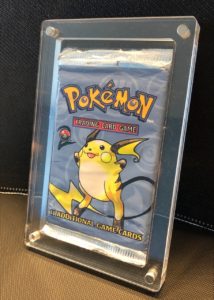
Additionally, as time goes by, it is inevitable that some vintage cards will be lost, damaged, or destroyed. The older the cards get, the more likely it is that a portion of them will no longer be in mint or near-mint condition. This natural attrition reduces the overall supply of cards in good condition.
As a side note, this diminishing supply of vintage cards is one of the reasons why Japanese cards are cheaper. Japanese cards have always been of higher quality, which makes them less susceptible to damage. Over time, Japanese cards have held up and supply hasn’t dropped quite as low as English cards, resulting in cheaper prices.
Collectors generally place a higher value on cards that are in excellent condition. As the supply of well-preserved vintage Pokémon cards decreases, the demand for these cards in good condition remains strong, leading to an increase in their value. This is especially true for rare and sought-after cards, as collectors are often willing to pay a premium for cards in pristine condition.
This is one reason why graded cards sell at such a premium. Having your card authenticated and graded is a great way to preserve its condition. The case will prevent light damage to the card and preserve it over time.
Which Cards Go Up In Value?
In the Pokémon TCG, each expansion set is typically designed with a few extremely rare cards intended to be the chase cards of that set. These chase cards are deliberately made scarce by the manufacturers to create excitement and drive demand for the product.
Charizard is the Pokémon often used by TPCI to be a chase card. Other Pokémon sometimes get the spotlight, but Charizard sells well, so they use it often as the chase card.
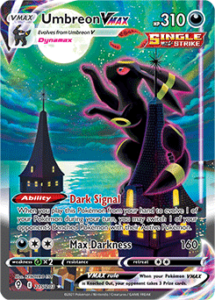
When talking about Pokémon cards going up in value, we have to remember that the low supply of these chase cards, combined with their desirability, significantly influences their market value.
To make money, you have to know the best time to sell your cards.
When players and collectors purchase booster packs, they are taking a gamble on whether or not they will pull one of these highly sought-after chase cards. Many people end up spending considerable amounts of money on packs without ever obtaining the chase card they desire. This can be frustrating and ultimately lead them to resort to buying the chase card directly from the second-hand market.
Some examples are gold cards, rainbow cards, alt arts, and fan favorite Pokémon like the Eeveelutions.
As more people turn to the secondary market to purchase these chase cards, the demand for them increases, which can drive the prices even higher. Sellers recognize the demand for these rare cards and may list them at a premium due to their scarcity and desirability. This cycle of players and collectors turning to the second-hand market after unsuccessful attempts to pull chase cards from booster packs further inflates the prices of these cards.
Conclusion
At the end of the day, most Pokémon cards do eventually go up in value. Thankfully, they don’t make 1st edition cards anymore, so there’s less pressure to get cards the moment they drop. Instead, avoid ripping booster packs and just buy the card you want from the start, and if you selected correctly, your investment will pay off over time.

Hi, I'm Oliver. I've been collecting Pokémon cards for 25+ years. I hope you enjoyed your read and learned something. Learn more about me on the About page.
